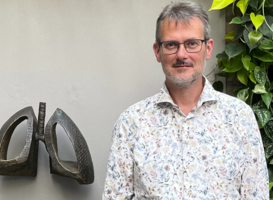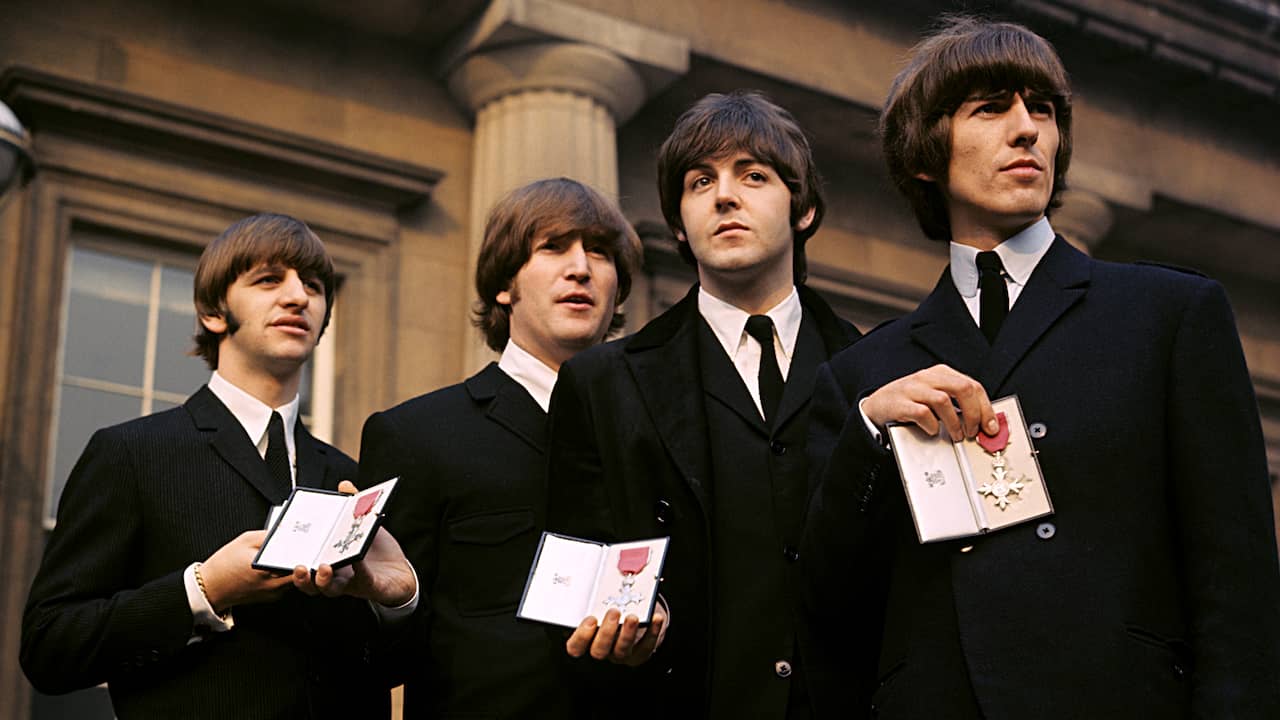The results of this research appear today in the scientific journal Nature Medicine. Researcher Martin Nawijn is leading this research at the UMCG and has been working on the map of the lung for years. ‘In this map we have combined all data (data) from all available scientific studies into the cell composition of the lung with artificial intelligence into one dataset. This allows us to compare which cells occur in the healthy lung, but also how these change in different diseases and what similarities there are between the diseases.’
Three diseases, one culprit
With this map, the researchers discovered, for example, one type of white blood cell, a certain type of macrophage, which does not occur in healthy lungs, but does occur in the lungs of patients with pulmonary fibrosis (scars around the alveoli), lung cancer and COVID-19. In all three diseases there is a fibrotic disease process: that means that scar tissue is formed in the lung. Macrophages clean up pathogens in the body, but leave scar tissue behind. This causes many problems in the lungs: the scar tissue is very stiff and this hinders gas exchange, which is necessary for breathing. Nawijn: ‘The discovery that one type of cell is involved in these different diseases reveals a completely different way of looking at lung diseases, which offers opportunities for new treatments. Our findings also suggest that therapies that work for one disease may help alleviate other diseases as well.’
40 studies in one machine learning dataset
The map of the lung contains 2.4 million cells from 486 different people. The researchers first made a map of the healthy lung, with data on the cell composition of lung tissue from more than 100 healthy donors from 14 different studies. The cells have been carefully characterized, and they found differences between the same cells that are located at a different location in the lung. They also saw differences between the same cells in the lungs of young or old donors. After creating the lung map, the researchers added data from more than 375 lungs, both from healthy people and from patients with lung diseases such as COVID-19, COPD, pulmonary fibrosis and lung cancer, to the map. ‘This makes it possible to map changes in the cells of a diseased lung in great detail and to compare them between different diseases,’ says Nawijn.
Lots of potential
Nawijn thinks that the map of the lung can be useful for many people. ‘Researchers can use it to compare the effects of different diseases in the lung; study the effect of aging; and to map markers to track the disease process.’ He also wants to make the map accessible to patients: ‘In this way, we hope that they will better understand what is happening with their illness and talk about it with their doctor.’
Nawijn and his colleagues are also working on the next version of the map: ‘Ultimately, we want to create a reference map that doctors can use to compare a sample of the patient in order to quickly identify the disease and the underlying mechanisms.’ In this way, doctors will be able to treat patients much more quickly and in a more targeted way with a treatment that is tailored to the patient.
International cooperation
The lung map was created through a large international collaboration of researchers from more than 40 institutes around the world and was coordinated by researchers from the University Medical Center Groningen, the Helmholtz Munich Research Center and Northwestern University Feinberg School of Medicine from Chicago.
2023-06-13 09:46:58
#Researchers #fully #map #diseased #healthy #human #lungs


